Optogenetics > Doric > Section4
Doric is the products that leading Optogenetics market. This series can provide most of the necessary experiment equipment in Optogenetics, for example cannula, patch cord, rotary joint etc.
This series products specialized for Optogenetics use. You can find every thing you need. Website describes only a part of products, there are a lot of products waiting for your find.

Products and Accessories

product name
product information
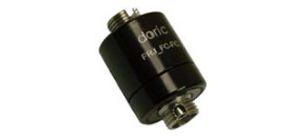
FRJ_1x1_FC-FC
1x1 Fiber-optic Rotary Joint.This is the basic and most popular type of the rotary joint. When connectors are inserted in receptacles, the fiber tips are in the focal planes of the respective collimating lenses so that the beam between the lenses is parallel. Typically used with optical fibers with a core diameter of 200μm and NA of up to 0.5.
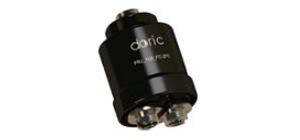
FRJ_1x2i_x/x_FC-2FC
1x2 Fiber-optic Rotary Joints.These rotary joints are used to send the light coming from a single input optical fiber on a fixed side to two output optical fiber on a rotating side.The intensity division rotary joints send half of the input light into each of the two output receptacles. The input receptacle is typically the FC type while output receptacles can be any of M3, SMA or FC types.
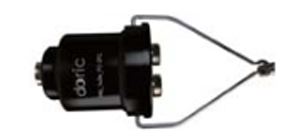
FRJ_1x2w_x/x_FC-2FC
1x2 Fiber-optic Rotary Joints.These rotary joints are used to send the light coming from a single input optical fiber on a fixed side to two output optical fiber on a rotating side.The wavelength division rotary joints split the spectral band originating from the input receptacle and send each band to the corresponding rotating fiber receptacles. In some optogenetics experiments, they can be used for example to separate the 473-488 nm blue light (ON signal) and the 590 nm orange light (OFF signal).
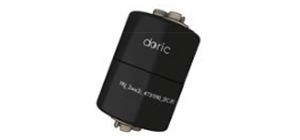
FRJ_2wx2i_x/x_2FC-2FC
Simultaneous Light Path 2x2 Fiber-optic Rotary Joints.
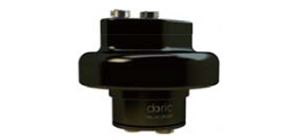
FRJ_2x2_VIS_2FC-2FC
Separate Light Path 2x2 Fiber-optic Rotary Joints. In some cases there is a need for a rotary joint that connects two arbitrary fiber-optic types on the stationary side of the rotary joint with their respective counterparts on the rotating side.
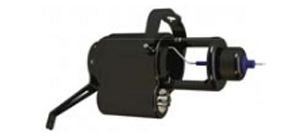
HRJ-OL_FC-FC
Hybrid rotary joints.To better understand the flow of ions in a biological tissue or within a single cell, the scientist use electrophysiological recordings to monitor an optogenetically marked and stimulated tissue while administering various liquids to the observation site. For in-vivo experiments, one needs the hybrid rotary joints that combine functions of the fiber-optic, electrical and liquid rotary joints within one instrument.
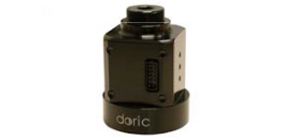
ERJ_6_HRW-HRW
6 Electorical contacts rotary joints. The electrical rotary joints have been used for in-vivo electrophysiology recordings for many years. The arrival of optogenetics created the need for electrophysiological recordings of the optical stimulation of the tissue. That requires a certain degree of opto-electrical hybridization of cannulas, connecting cables and rotary joints.
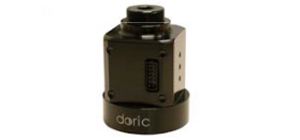
ERJ_12_HRW-HRW
12 Electorical contacts rotary joints. The electrical rotary joints have been used for in-vivo electrophysiology recordings for many years. The arrival of optogenetics created the need for electrophysiological recordings of the optical stimulation of the tissue. That requires a certain degree of opto-electrical hybridization of cannulas, connecting cables and rotary joints.

HRJ-OE_FC-FC_6_HRW-HRW
6 electrical chanenels Fiber-optic & Electrical rotary joint.By combining the light stimulation and electrophysiological recordings in optogenetics experiments, one can observe a correlation of electrical pulses with the light stimulation. This product is more compact than the combination of the electrical rotary joint and the 1x1 fiber-optic rotary joint where the fiber is passed through the central hole of the electrical joint.
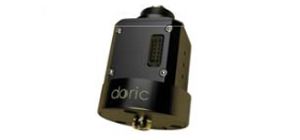
HRJ-OE_FC-FC_12_HRW-HRW
12 electrical chanenels Fiber-optic & Electrical rotary joint.By combining the light stimulation and electrophysiological recordings in optogenetics experiments, one can observe a correlation of electrical pulses with the light stimulation. This product is more compact than the combination of the electrical rotary joint and the 1x1 fiber-optic rotary joint where the fiber is passed through the central hole of the electrical joint.
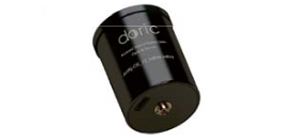
AHRJ-OE_FC-FC_12_HRW-HRW
Assisted Hybrid Rotary Joints. As the complexity of optogenetics experiments increases, more optical, electrical and liquid channels are linked to an animal’s brain. In vivo experiments need rotary joints that support all those links to freely moving animal.we have developed an assisted hybrid rotary joint that senses and follows the direction the animal is taking.



